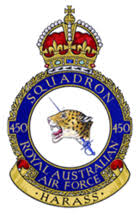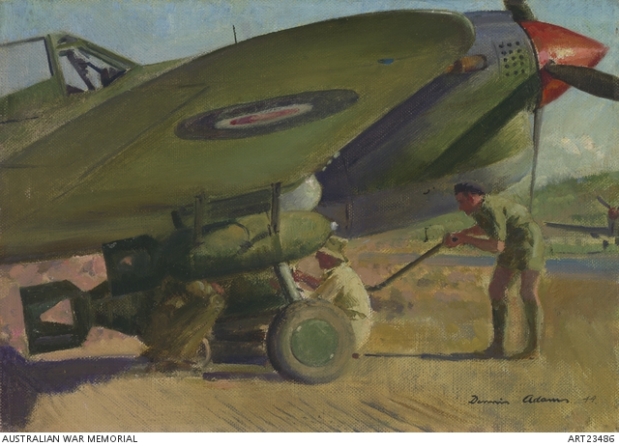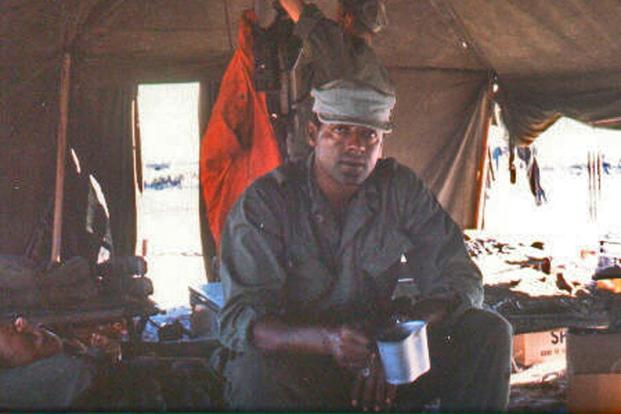
On this day in 1942, HMAS Yarra (U-77) was lost defending a small allied convoy south of Java against overwhelming odds.
A ‘Grimsby class’ sloop, HMAS Yarra was launched at the Cockatoo Island Dockyard, Sydney, in March 1935 and commissioned the following January. Displacing more than 1,000 tons, she was over 80 metres long with a beam of 11 metres and armed with three 4-inch anti aircraft guns, four 3-pounder guns, a quadruple .5-inch anti aircraft machine-gun, and depth charges. She had a top speed of 16.5 knots and a complement of 151.
HMAS Yarra‘s initial war service was in Australian waters, on patrol and escort duties. In August 1940 she left for the Middle East. In April 1941 she escorted a convoy from Bombay to the Persian Gulf followed by service again in the Mediterranean in November-December 1941.
With the outbreak of war with Japan, HMAS Yarra left the Mediterranean for now Indonesian waters, arriving in January 1942. She carried out escort and patrol duties, including the successful rescue of over 1,800 survivors from the troopship Empress of Asia, which was sunk along with many other ships in the convoy BM 12 off the southwest coast of Singapore.
On 27 February 1942 orders were given to clear all remaining allied ships from Batavia (now Jakarta). At about midnight HMAS Yarra and another sloop HMIS Jumna sailed escorting a convoy to Tjilatjap.

Arriving off Tjilatjap (modern day Cilacap) at 11am on 2 March 1942, the ships were warned not to enter harbour. HMAS Yarra was ordered to take the convoy, which consisted of the depot ship Anking, the tanker Francol and the motor minesweeper MMS 51, to Fremantle in Western Australia while HMIS Jumna sailed for Colombo. No time was to be lost, as powerful Japanese naval forces were known to be operating in the waters south of Java.
Steaming south east at an average speed of 8.5 knots, HMAS Yarra and her convoy made steady progress during the night of 2-3 March 1942. The following morning two lifeboats were sighted and HMAS Yarra picked up survivors of the Dutch merchant ship Parigi, which had been sunk by the Japanese two days earlier.
At 6.30am on 4 March 1942, the lookout in HMAS Yarra sighted a Japanese heavy cruiser squadron to the north-east consisting of the IJS Atago (pictured below), IJS Takao and IJS Maya, each armed with ten 8-inch guns, and two destroyers.

Immediately the commander of HMAS Yarra, Lieutenant Commander Robert Rankin (pictured below) made a sighting report, ordered the convoy to scatter and, placed his ship between them and the enemy, laying smoke and preparing to engage.

HMAS Yarra was out-gunned and out-ranged. Against such odds her task was hopeless, yet she kept fighting even as her convoy was overwhelmed and sunk, ship by ship.
Anking received many hits before sinking 10 minutes later. By that time HMAS Yarra was also on fire and listing heavily to port. MMS 51 was on fire and sunk by close range automatic gunfire from one of the Japanese cruisers. The Francol was also hit many times but still remained afloat, finally sinking at about 7.30am. HMAS Yarra, shattered by numerous hits, was the last to go.

Soon after 8.00am, Lt Cdr Rankin ordered abandon ship. Minutes later he was killed when an 8-inch salvo hit the bridge. HMAS Yarra‘s end, which came after close-range shelling by the two Japanese destroyers, was witnessed by 34 survivors on two rafts.

After sinking HMAS Yarra the Japanese cruisers made off to the north-east, picking up one boatload of survivors from Francol as they departed. A collection of boats, rafts and floats was left scattered over a wide area. Before dusk a passing Dutch vessel, Tawali, rescued 57 officers and men from Anking. However, in spite of frantic signals, she failed to sight two Carley floats containing 14 men from MMS 51. For the next two and a half days they drifted about until picked up by the Dutch steamer Tjimanjoek on 7 March.
Meanwhile Yarra’s men, their numbers sadly reduced by wounds, exposure, and thirst, continued to drift helplessly. On 9 March, 13 of the sloop’s ratings were picked up by the Dutch submarine KlL. Of HMAS Yarra‘s complement of 151, 138 (including the Captain and all of the officers) were killed in the action or died subsequently on the liferafts.

In commemoration of Lieutenant Commander Rankin’s leadership commanding HMAS Yarra (II), the sixth and final Collins class submarine (commissioned in 2003) was named in his honour (HMAS Rankin (SSG-78) is pictured below).

On the 4th of March 2014, the then Governor General of Australia, Her Excellency Quentin Bryce AO, CVO presented the current HMAS Yarra (IV) with the Unit Citation for Gallantry (UCG) (insignia shown below) in commemoration of the loss of her predecessor.

You can find out more about HMAS Yarra (II) here: http://www.navy.gov.au/hmas-yarra-ii
You can find out more about HMAS Rankin here: http://www.navy.gov.au/hmas-rankin
You can find out more about the presentation of the Citation here: http://news.navy.gov.au/en/Mar2014/Events/890/Brave-crew-recognised-for-extraordinary-acts-of-gallantry-in-1942.htm#.WlLvzFWWbIU















































